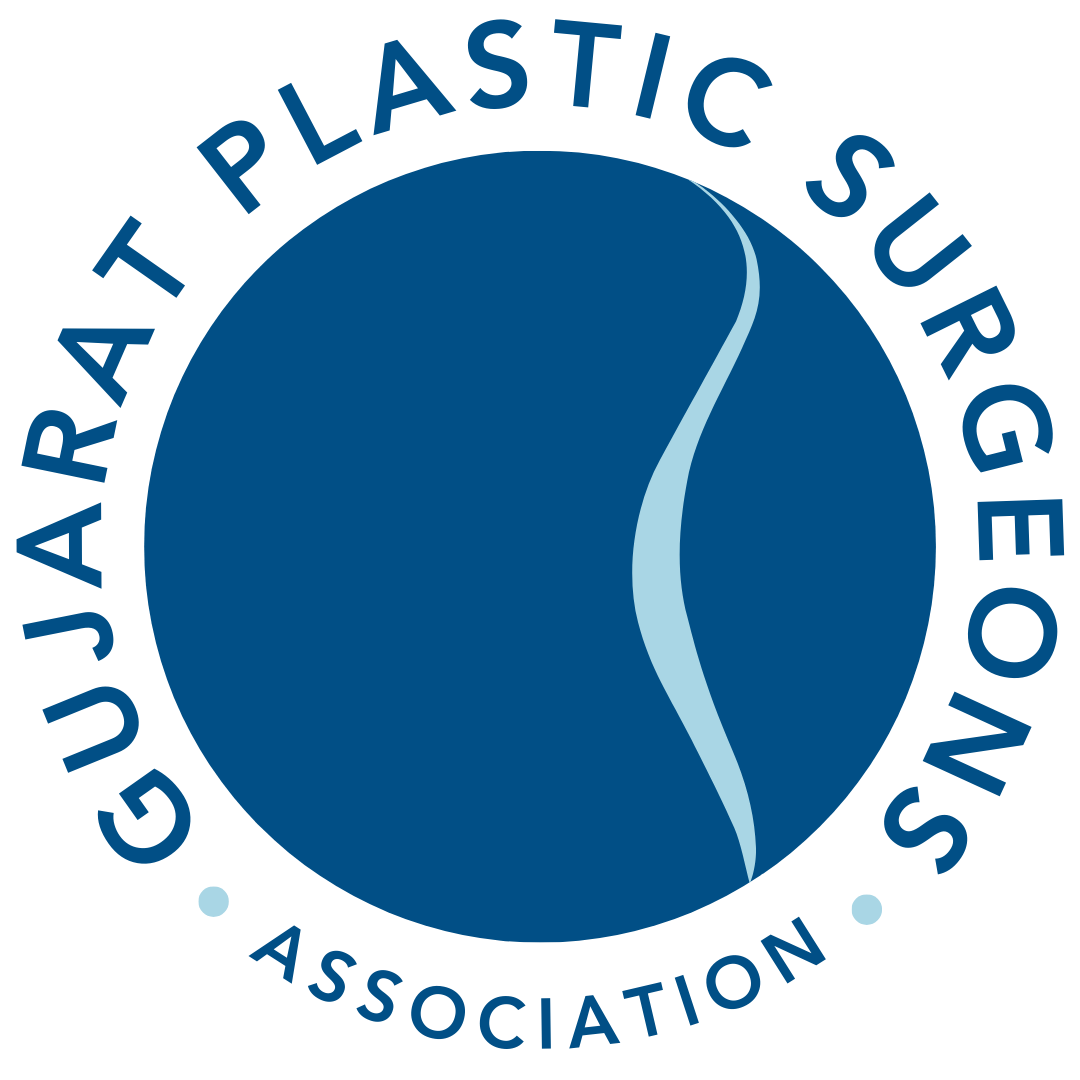

COSMETIC SURGERY
Liposuction
About The Treatment
Liposuction, also known as lipoplasty or body contouring, is a popular cosmetic surgery designed to remove excess stubborn fat deposits from specific areas of the body. It helps to sculpt and refine body contours that are resistant to diet and exercise.
Ideal Candidates for Liposuction
Healthy Individuals:
Non-smokers with good overall health and a stable weight.
Localized Fat Deposits:
Patients with stubborn fat pockets that do not respond to diet and exercise.
Realistic Expectations:
Understanding the limits of liposuction and having realistic goals.
Common Areas Treated
Abdomen and Waist
Thighs and Hips
Buttocks
Arms and Back
Neck and Chin
Procedure
Consultation:
A thorough discussion with plastic surgeon to assess your goals and determine the best approach.
Investigations:
Before surgery you need to under go blood analysis, x ray of the chest, electro cardiogram and other investigations. Physician will examine you and will check the fitness for surgery and anesthesia.
Pre operation planning:
Surgical area will be photographed and marked.
Anesthesia:
Administering local or general anesthesia to ensure comfort during the procedure.
Incisions:
Small, inconspicuous incisions are made near the treatment area.
Tumescent fluid injection:
Special tumescent fluid is injected into the treatment area which contains numbing agent and vasopressors (to make the surgery bloodless). It helps to liquify the fat and it makes the fat removal bloodless.
Fat Removal:
Loosened fat is sucked out with the help of cannula and syringes or cannula and suction machine.
Sculpting:
At times sucked out live fat is injected into required area to improve the contour.
Pressure garment:
Pressure garment is given immediately after surgery and that should be worn for about 6 weeks.
Types of Liposuction
Ultrasound-Assisted Liposuction (UAL):
Uses ultrasonic energy to liquefy fat, making it easier to remove.
Laser-Assisted Liposuction:
Employs laser energy to melt fat cells and promote skin tightening.
Power-Assisted Liposuction (PAL):
Uses a vibrating cannula to break up fat cells for easier extraction.
Radiofrequency Assisted Liposuction (RFAL):
Uses Radiofrequency energy to melt fat and to achieve skin tightening together.
Recovery and Results
Initial Recovery:
Expect some swelling, bruising, and discomfort for the first few days. Most patients return to work within a week.
Final Results:
Gradually visible over several months as swelling subsides. The results are long-lasting, provided you maintain a stable weight.
Postoperative Care:
One needs to wear including wearing compression garments and avoiding strenuous activities.
Benefits
Improved Contours:
Achieves a more sculpted and proportionate body shape.
Boosted Confidence:
Enhances self-esteem and body image.
Targeted Fat Reduction:
Removes fat from specific problem areas resistant to diet and exercise.
Risks and Considerations
Common Risks:
Include swelling, bruising, infection, and temporary numbness.
Potential Complications:
Asymmetry, irregular contours, and changes in skin sensation.
Choosing a Qualified Plastic Surgeon:
Essential for minimizing risks and achieving optimal results.